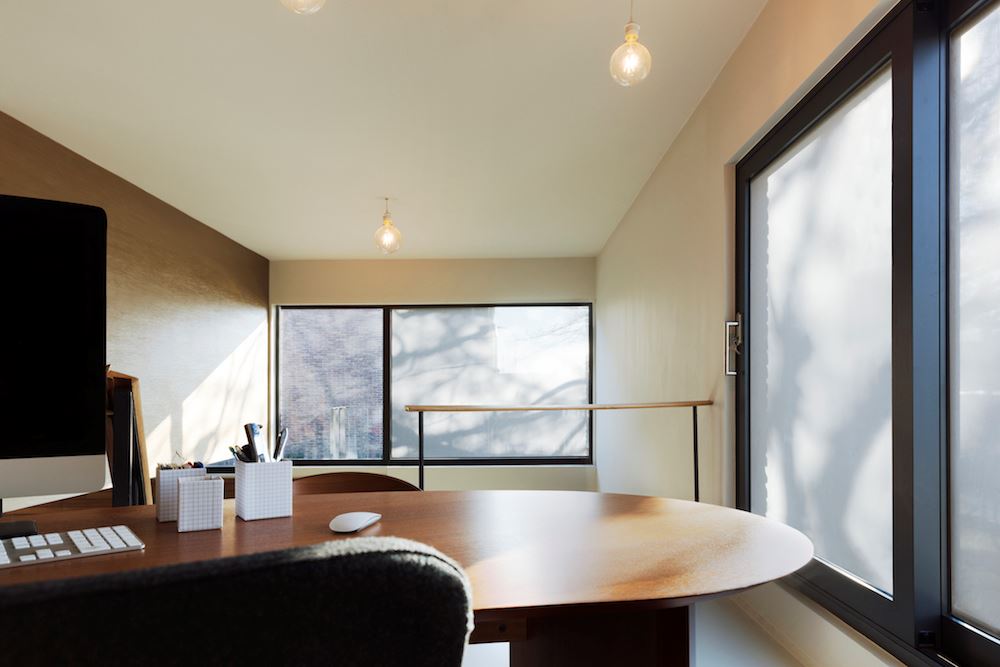History:
Interiors, products and brands are all starting to head in a minimal direction to remain timeless. Apple with its super sleek devices and intuitive operating system and brand have all toned down their logos for a simpler style. Although this style is on trend now it can be traced back to late 60s and early 70s, but artistic and philosophical movements dated well before this contributed to the style taking off. The traditional Japanese use of the Zen aesthetic has influenced Western design as well, this means being aware of the negative space and the use of natural materials. Influences such as The De Stijl movement the Netherlands restricted artists to rigid rules and German Bauhaus artists experimented with geometric abstraction (abstract art playing with shapes), championing the phrase “form follows function”. And we’ve all heard of Ludwig Mies van der Rohe’s “less is more” in the 1930s.
Dieter Rams, head designer for Braun, made a point of designing “less, but better”. He has created ten principles for good design that all designers should follow:
- Good design is innovative
- Good design makes a product useful
- Good design is aesthetic
- Good design makes a product understandable
- Good design is unobtrusive
- Good design is honest
- Good design is long-lasting
- Good design is thorough down to the last detail
- Good design is environmentally-friendly
- Good design is as little design as possible

Function:
The biggest tip is to put function first. Not to have anything that isn’t completely necessary and preparing a layout that eases navigation. Having the bare minimum and prioritising purpose above looks, so there are no distractions for the user. If you follow this rule it will clear away all the fuss and create a space that is functional and easy to use. However, just because function comes first doesn’t mean you can’t have items that are interesting and act as a design feature as well as being practical.
Storage:
This leads onto the next idea that storage is key, keeping the clutter out of sight. Daily life will always end up bringing unnecessary objects into your space but a minimal approach to storage and how to keep things out of sight needs to be considered. You still access the practicality of those objects without having to see the clutter.
Colour:
Keep colours to a minimum or to a neutral palette, leaving lots of blanks space so you’re able to focus on the necessary elements- the use of negative space is a key feature of Japanese Zen design ideals. Using a monochromatic or tonal scheme but creating focus with a pop of colour. Mixing different textures can add visual interest and movement to a space, while still sticking to minimalism. Natural materials like timber or stone flooring want to be highlighted by the blank spaces.

Hierarchy:
When you put function first you’ll find out that some details are more important than others, so it’s easy to prioritise quality over quantity. Simplify user experience by creating a hierarchy of importance. Deciding what should be at the forefront as the user’s most used items and be the main focus. So the details that are on display become more important and can be chosen to add to the décor.
These principles can lend themselves to all aspects of design, not just interiors. Whether you’re designing a portfolio, webpage, branding or product. Intentionally classic and simple. Minimalism emphasises timelessness and function, everything is communicated in its simplest form

